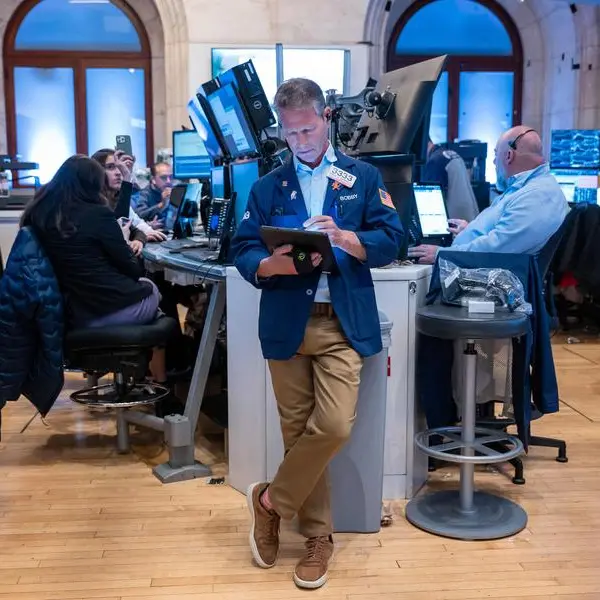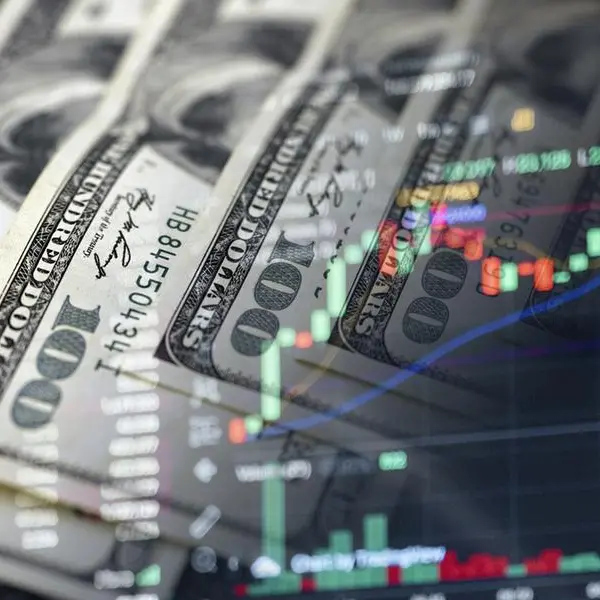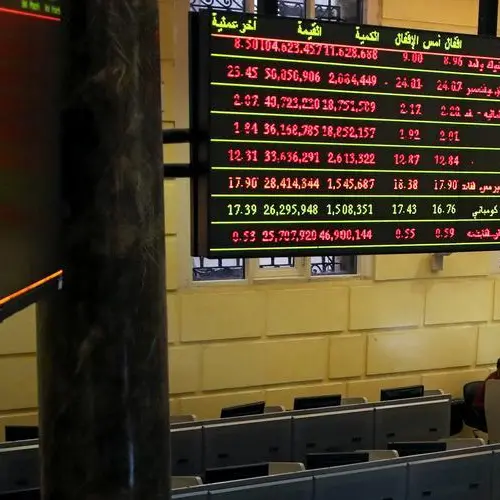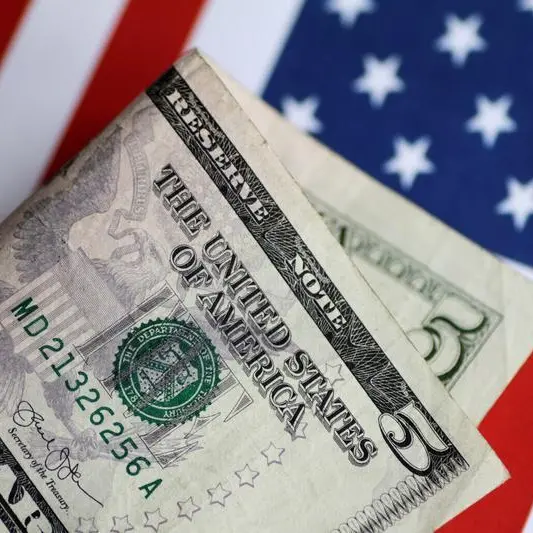2021 was a year of resilience for the Middle Estate markets thanks to the boomerang rally in oil prices, mass vaccination across the region, and heightened consumer demand. Having witnessed a mixed performance in 2020, key equity markets in the Gulf region recorded high returns in 2021 despite the pandemic-induced lockdowns and other restrictions.
GCC's index behemoth Tadawul recorded a 31.5 percent surge in 2021. The Abu Dhabi index (ADX) experienced more than 68 percent gain in 2021, its best annual performance in 16 years. DFM surged 26.9 percent, with most volumes recorded in the last quarter. The Qatari index finished 2021 about 11.3 percent higher, the Kuwaiti index recorded a 27.2 percent gain, and the Omani index concluded the year with a 12 percent gain. Galvanized by retail investors, who continued their high level of engagement that began in 2020, 2021 witnessed record-high trading volumes. The trend is forecast to continue due to higher international oil prices and recovery of the GCC economy—boosted by rapid vaccine rollouts—which will enable the region's equity markets to achieve record highs this year.
A slew of Initiatives
The inclusion of major Middle East indices such as Tadawul, ADX, Kuwait, etc., in FTSE and Russel is due to the initiatives and reforms to ensure transparency and liquidity and better corporate governance. Additionally, most Middle East bourses opened their capital markets to foreign investment, enhanced the ease of trading to a great extent, and created new opportunities for market participants. Dubai's decision to list government and semi-governmental companies locally is expected to enable Dubai Financial Market to leapfrog to the next level. Similarly, ADX also has ambitious plans. A quest to keep up with its Western peers has helped reclassify Saudi Arabia, UAE, and Qatar from Frontier Markets to Emerging Markets. This reclassification also enabled more fund flows to the region.
Higher retail participation
Modern technology considerably eased the investment process during the pandemic, with the trading volume reaching record levels driven by increased participation by retail investors. Retail investors contribute positively to market liquidity and resilience, increasing the breadth and depth of participation. On the UAE front, ADX's average daily trading volume of $202 million surpassed the 2019 levels of merely $49.8 million, evidencing that ADX is gaining increased traction from institutional and even retail participation. In addition, the GCC's most mature index Tadawul saw an average daily trading volume of $230 million in 2021 compared to $107 million during the pre-pandemic time of 2019. New initiatives & reforms, and increased liquidity are also likely to open further avenues for the new entrants, including the local population and expats, to participate in the Middle East's growth story.
A flurry of IPOs
The Mega IPOs of 2021 have created a backdrop for global investors to dive into the Middle East markets. The MENA IPO market activity picked up in Q3 2021 with four listings raising a total of $1.8 billion in proceeds. KSA, Dubai, and Abu Dhabi lead the IPO activity and have a strong pipeline for the coming quarters. Saudi Tadawul Group has received 50 initial public offerings (IPO) applications this year. The number of listings on the Gulf bourses will rise sharply this year as companies seek to tap public markets for liquidity and expand operations as the region diversifies its economy from its core revenue--oil. The trend is now set for larger IPOs, which have been met with substantial investor interest, further demonstrating the ample liquidity currently available in the market.
Recovery in oil
Crude oil prices are predicted to rise further in 2022, as demand is expected to stay strong due to governments' ability to regulate emerging variations, rising vaccination rates, economic recovery, and increased mobility due to the easing of lockdown restrictions. In addition, the global economy will normalize at a rapid pace, resulting in a significant recovery in demand. Oil extraction remains vital for the region, given its direct contribution to GDP. Oil and gas production represents roughly 40 percent of GDP for most GCC countries, and upward momentum in crude oil will be a boon to the Gulf economy.
Non-oil sector growth
Economic diversification has recently been a priority for the GCC governments. Non-oil growth is driving the recovery; sectors like financial services have recovered well from the pandemic. Saudi Arabia's vast pool of domestic demand and government commitment to giga-projects are essential to its economic recovery.
Additionally, normalizing ties in the Middle East region paves the way for bilateral trade and could potentially open up new trading prospects. The Middle East is hailed as a global role model for coping with the pandemic in 2020 and 2021, with businesses applauding their visionary policies and techniques. With half of the world's population only an eight-hour flight away, the Middle East has become a true economic hub – a pivot for trade, exchange, innovation, and wealth generation. The prospect of reduced supply chain bottlenecks and reduced cross-border activity delays in the future quarters would boost GCC trade growth.
Sector outlook for 2022
Banks in the GCC area will benefit from a regional economic recovery in 2022. Higher oil prices, supportive government spending, and normalizing non-oil activity will boost the growth of regional banks. Based on recent inflation data and aggressive Fed forward guidance, the US Federal Reserve expects three rate hikes in 2022. Central banks in the GCC are expected to react similarly. A hike in regional lending rates will enhance banks' net interest margins and profits. The pandemic had hit the Middle East's travel and hospitality industries hard, causing widespread disruption. Despite this, travellers have deemed the Gulf region one of the safest places to visit during the pandemic due to increased vaccination campaigns and stringent laws. Increased leisure and pilgrimage tourism in the region would help revitalize this sector significantly. And the real estate market could lure investors from Europe and the United States as global migration picks up speed due to the spate of investor and resident-friendly measures recently implemented.
New business models will emerge due to technological advancements such as 5G and a trend toward digital platforms and marketplaces. As a result, the region's corporate environment will undergo a shift that will have far-reaching consequences for economic trends and social dynamics. Furthermore, the GCC's non-oil sectors—retail, healthcare, education, mega-event projects, and renewable energy—will continue to dominate the economy in the coming decade, offering a nitro boost to regional economies and their stock markets.
Nevertheless, our top picks for the year are sector leaders in banking, insurance, hospitality and airlines.
© Opinion 2022Any opinions expressed in this article are the author’s own
Disclaimer: This article is provided for informational purposes only. The content does not provide tax, legal or investment advice or opinion regarding the suitability, value or profitability of any particular security, portfolio or investment strategy. Read our full disclaimer policy here.












